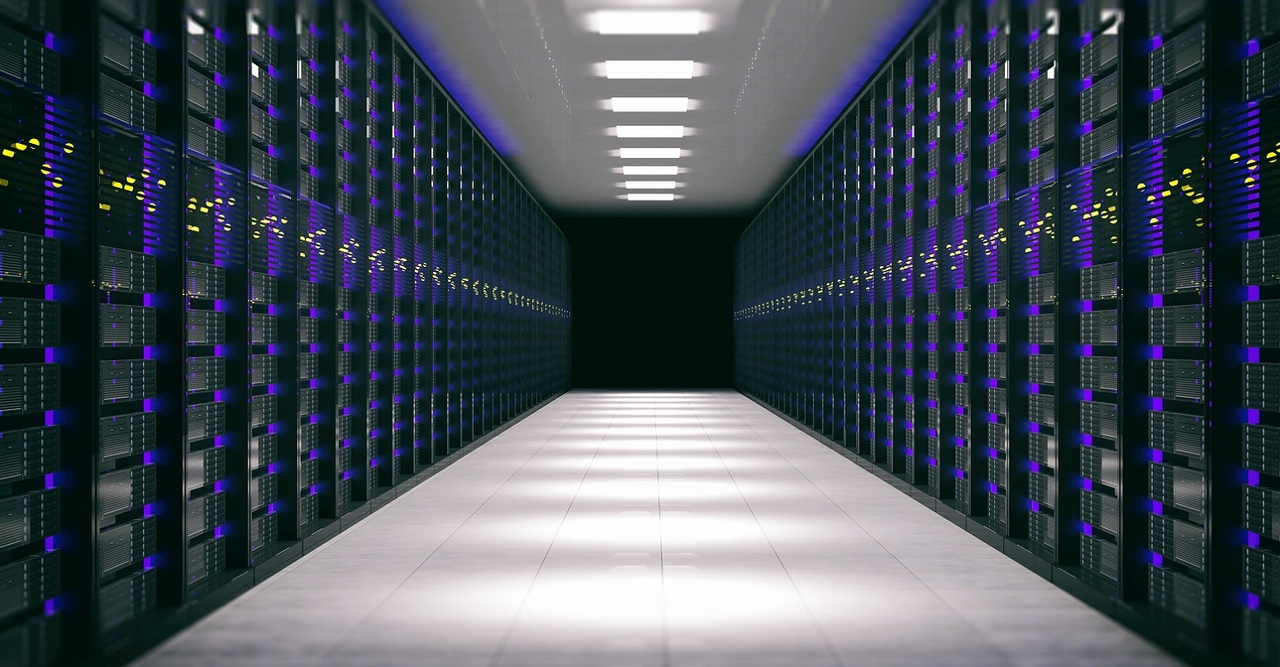Bare-Metal Cloud Servers vs. Bare Metal in a Private Data CenterBare-Metal Cloud Servers vs. Bare Metal in a Private Data Center
Choosing bare-metal servers in a public cloud over in a data center depends on whether you prioritize convenience and flexibility over control, performance, and cost optimization.

If you can launch a bare-metal server instance in a public cloud in just minutes, is there a reason for anyone to set up bare-metal servers in their own data centers anymore? Isn't the cloud-based solution faster, simpler, and (in many cases) cheaper?
Not necessarily. Although bare-metal server instances in public clouds have their advantages, they also have some important drawbacks. There remain good reasons to consider setting up a bare-metal server in a private data center or colocation facility rather than turning to a cloud provider like Amazon Web Services or Azure to provide bare-metal hosting infrastructure.
Keep reading for a look at how bare-metal servers in a public cloud compare to bare-metal servers running in a private data center, and which type of solution to use when.
Bare-Metal in the Cloud vs. in a Data Center: Variations on a Theme
At a high level, bare-metal server instances hosted in a public cloud are the same basic thing as bare-metal servers set up in a private data center. Both provide users with servers where there is no software virtualization layer separating workloads from the underlying infrastructure. As a result, applications can access physical hardware directly, which is especially advantageous for workloads that can benefit from hardware acceleration.
This is what you get when you set up a bare-metal server instance in the public cloud using a platform like AWS Nitro. It's also what you get if you go out and deploy your own physical server in a data center that you own, or in a colocation facility where you rent space.
That said, there are key differences between how public cloud providers implement bare-metal server instances and how organizations typically set up their own bare-metal hardware. Let's explore them by looking at the benefits and challenges of bare metal in the cloud versus in a private data center.
Pros and Cons of Bare Metal in the Cloud
The main advantage of choosing a bare-metal server instance hosted in the public cloud is that it's fast and easy to launch. By simply selecting the instance you want and setting a few configuration parameters, you can begin using the server immediately. You don't have to wait on hardware to arrive at your data center, then go through the process of setting up the physical components before you can start putting it to use. Nor do you have to maintain the physical hardware once it's up and running.
Bare-metal cloud servers also offer the advantage of flexibility. The major public clouds each offer a relatively wide selection of different bare-metal server types, which means you can easily switch from one configuration to another. That's harder to do when dealing with a bare-metal server inside your own data center, which you can't quickly swap out for a new one if you decide you chose the wrong hardware configuration or need more server capacity.
On the other hand, the chief downside of bare-metal servers in the cloud compared to in a private data center is that in the cloud, you have much less control over how your bare-metal infrastructure is set up. You can't choose the exact hardware components you want; instead, you have to select from among whichever server configurations your cloud provider offers.
You also have less control over networking. In general, bare-metal server instances in the cloud use the same networking services as virtual machine server instances, making it difficult to implement network architectures that the cloud providers don't support or to take full advantage of hardware-based traffic management via SmartNICs.
This lack of control may translate to lower performance and a less optimal hosting environment. You can't tailor your servers to fit your precise workload needs, which means you can't take advantage of optimizations that would be accessible if you had full control over hardware configuration.
The Advantages of Your Own Bare-Metal Servers
The main reason to deploy a bare-metal server in a data center of your own choosing is that it does give you full control over how your servers are configured. Provided you know which configurations best align with your workloads' requirements, you're likely to enjoy higher performance.
Private bare-metal servers may also deliver a lower total cost of ownership in the long run, especially if you are able to use them for a period of many years and don't need to migrate to different servers because of changes in workload requirements. In the cloud, you'll pay much less upfront to launch bare-metal server instances, but your monthly bills could add up over time to exceed the TCO of running your own bare-metal servers.
Conclusion
All of the above can be summed up by saying that bare-metal servers in the cloud are like almost any other type of cloud-based solution: They deliver convenience and flexibility in exchange for control, performance and cost optimization. The best way for you to run bare-metal workloads — if you run them at all — depends on which of these priorities matters most.
About the Author
You May Also Like









